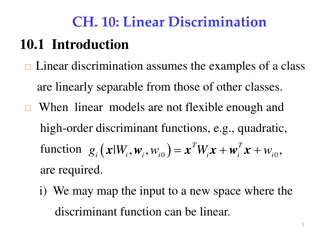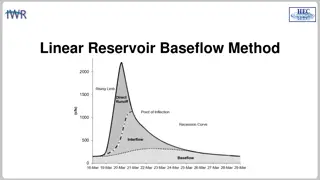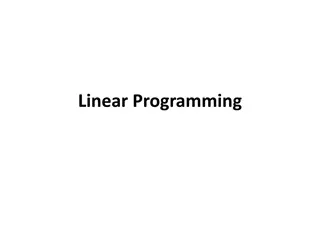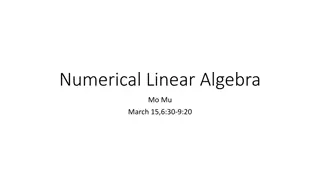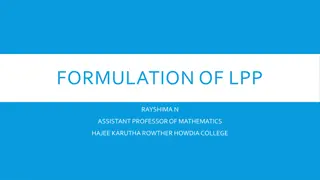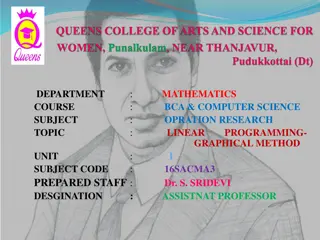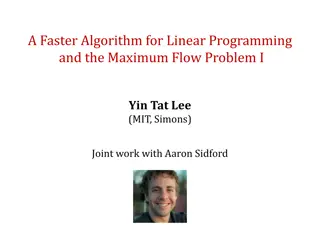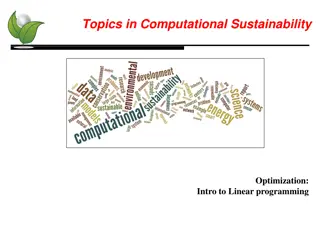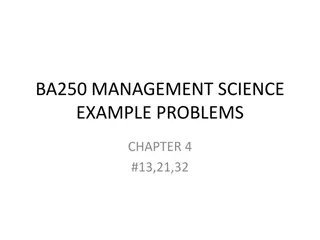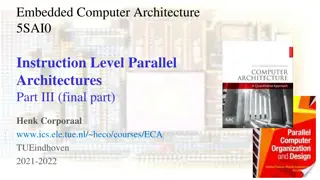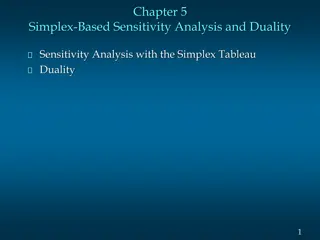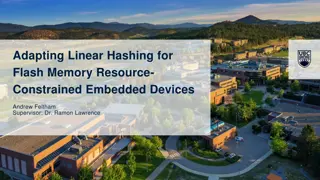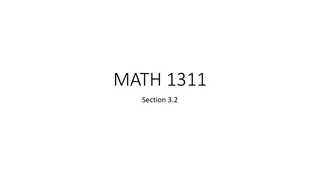Types of Programmed Instruction: Linear vs. Branched Programming
Programmed instruction is a method of presenting new subject matter to students through a graded sequence of controlled steps. Linear programming involves presenting elements in a progressive chain, while branched programming is used in mechanical fields with a retrogressive chain of elements. This teaching strategy is based on five fundamental principles, including small steps, active responding, immediate confirmation, self-paced learning, and student testing.
Download Presentation

Please find below an Image/Link to download the presentation.
The content on the website is provided AS IS for your information and personal use only. It may not be sold, licensed, or shared on other websites without obtaining consent from the author.If you encounter any issues during the download, it is possible that the publisher has removed the file from their server.
You are allowed to download the files provided on this website for personal or commercial use, subject to the condition that they are used lawfully. All files are the property of their respective owners.
The content on the website is provided AS IS for your information and personal use only. It may not be sold, licensed, or shared on other websites without obtaining consent from the author.
E N D
Presentation Transcript
SADBHAVNA COLLEGE OF EDUCATION FOR WOMEN RAIKOT , JALALDIWAL , LUDHIANA TOPIC Attainment Model
Programmed instruction is a method of presenting new subject matter to students through a graded sequence of controlled steps with corresponding activities. Students work through the programmed material at their own speed independently and assess their own comprehension after each step through exam questions or filling in a diagram. This method consists of a network of tests and statements which direct the student accordingly depending on their pattern of errors.
Programmed instruction refers to two main methods of learning. The first was developed by Norman Crowder, where the instructor includes multiple choice test questions within the text and provides feedback for each of the non-correct alternative options when a student chooses them. The second was developed by B.F. Skinner and includes a schedule of reinforcement for activities placed in a specific, continuous order.
Susan Markle A method of desgning a reproducable sequence of instructional events a measurable and consistent effect on the behaviour of each and every acceptable students. Smith and Moore Pinstruction is the prcess of arranging the material to be learned in to series of sequential steps, usually it moves the students from a familiar background into a complex and new set of concepts, principles and understanding.
Types of Programmed Instruction There are three types of this teaching strategy Linear Programming. It is being used for teaching all subjects. In programed teaching strategy progressive chain elements are presented. Last step is at the mastery level. It is based on five fundamental principles. Small steps Active responding Immediate confirmation Self-pace Student testing Branched Programming. It is generally used in mechanical fields. Mathematics. Retrogressive chain of elements is presented. First step is the master level while the last step is the simplest element.
Principles of Programmed Instructions a) Fundaments principles of Programmed learning Principle of active responding Principle of self-pacing Principle of small steps Principle of evaluation Principle of objective specification
b) Mandatory and obligatory principles of Programmed learning Principle of empirical testing Principle of individual try out Principle of small group try out Principle of field try out Principle of self pacing
c) Obligatory/Optional principles Principle of overt/active responding Principle of immediate feedback Principle of sequence of subject matter
Principle of types of responses Principle of error rate Principle of prompting and confirmation Principle of small step size
THANKS THANKS


